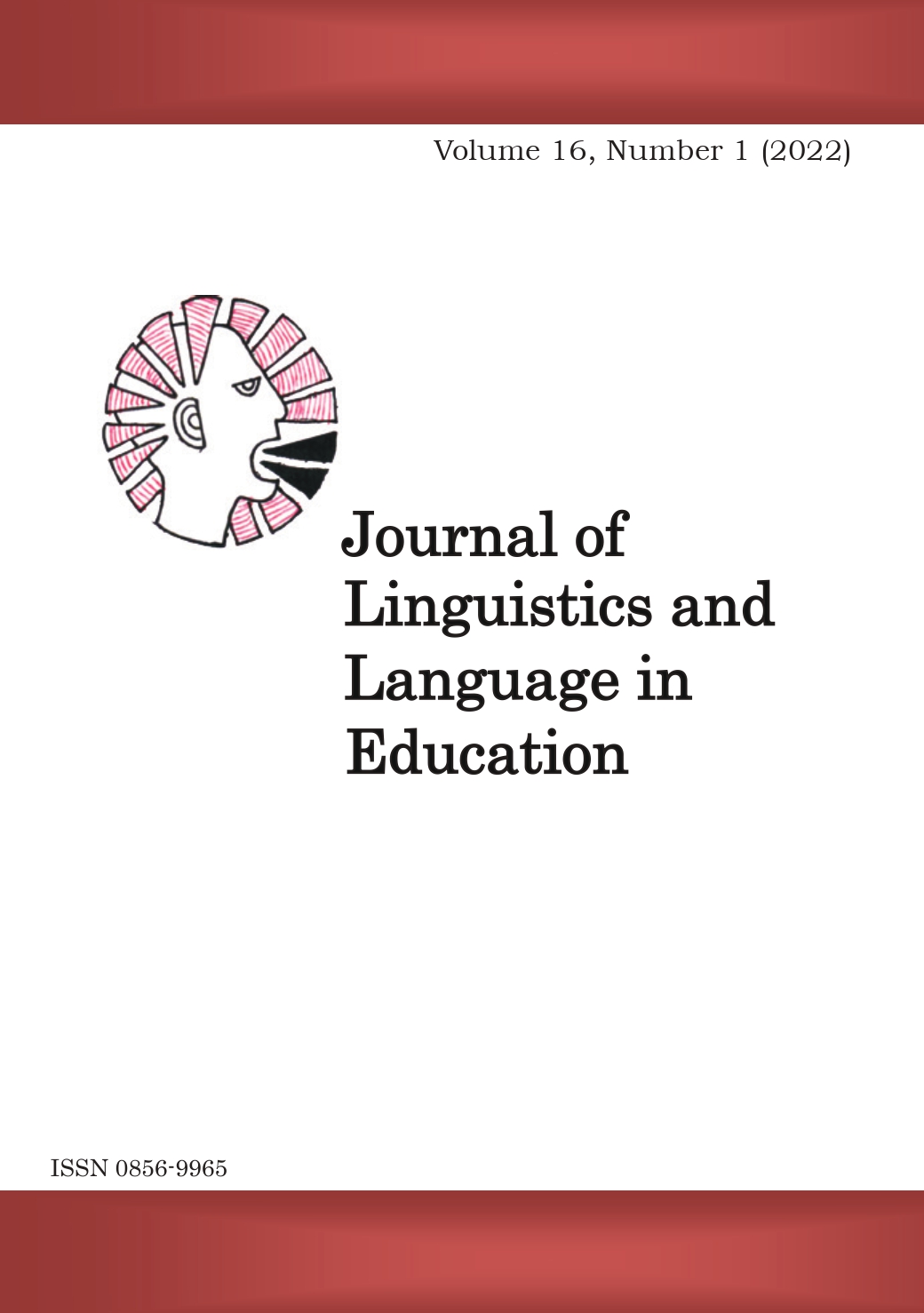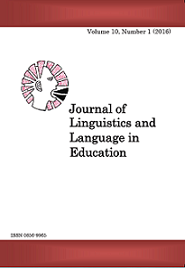Strategies Used by Interpreters to Mediate Communication for Deaf Students in Tanzanian Universities
Abstract
This study examines the strategies employed by sign language interpreters to mediate communication for deaf students in Tanzanian universities. Data for the study were generated through interviews and observations from twelve sign language interpreters from three universities in Tanzania. The data were analysed thematically and the analysis was informed by the Demand-Control Schema. The findings indicate that interpreters employ several strategies to enhance the accuracy of the information they render to deaf students. Strategies such as fingerspelling, nonce signs, initialism, preparation, and tandem interpreting favour interpreters and deaf students. Others, like mouthing and writing, benefit interpreters but compromise deaf students’ access to communication. The findings further indicate that other strategies such as omission, the use of stories, and the taking of breaks enable deaf students to access communication but burden interpreters. We recommend that interpreters should consider the effect of their strategies before employing them in their rendition.
Downloads
Published
Issue
Section
License
Copyright © by Department of Foreign Languages and Linguistics, University of Dar es Salaam
All rights reserved. No part of this publication may be reproduced or transmitted in any form or by any means, electronic or mechanical, including photocopying, recording, or any information storage or retrieval system, without permission in writing from the publisher, except for short extracts in fair dealing, for research or private study, critical scholarly review or discourse with an acknowledgement.



